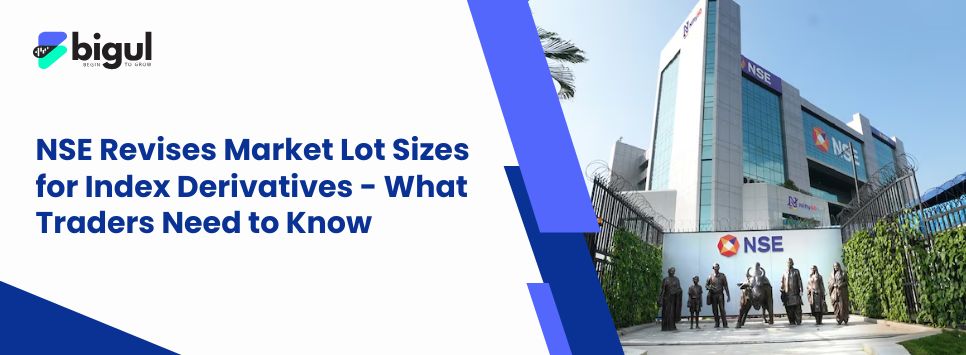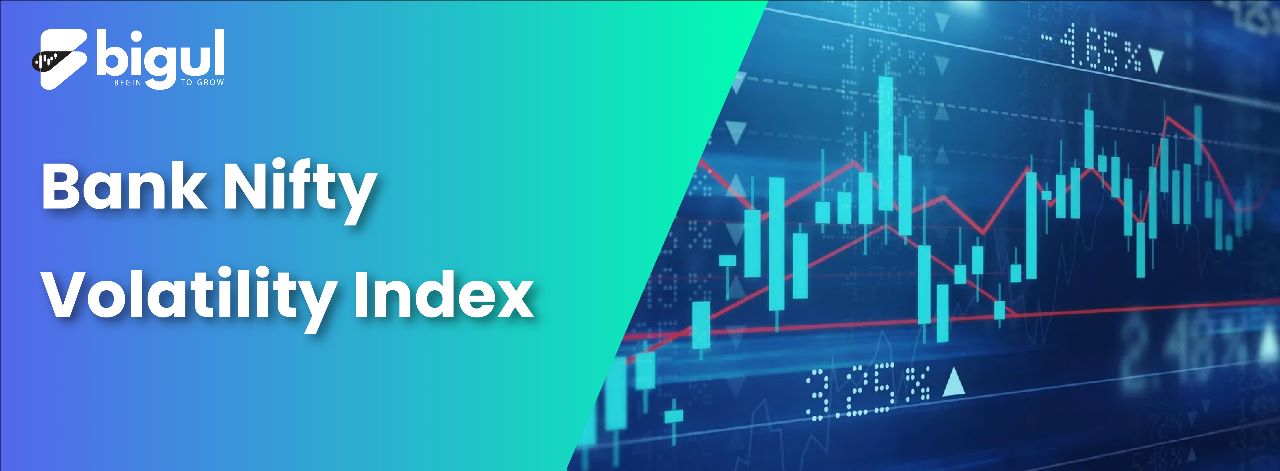As a new entrant in the investing world, you may have encountered various terminologies that can initially be a little overwhelming to grasp. One such term that you are likely to encounter is India VIX. This term is of significant importance to investors, hence understanding it is crucial. But what exactly is India VIX, and why is it crucial to your investing journey?
India VIX stands for India Volatility Index, a key indicator that provides insight into the market’s expected volatility and price fluctuations. This index is of immense significance for both investors and traders. We will delve deeper into this subject to emphasise its importance and give you a clearer understanding.
Repetition is one of the cornerstones of learning, and as you navigate the world of investment, terms like India VIX will frequently appear. Like other jargon in the market, India VIX is vital for all investors to understand. It signifies the India Volatility Index, which provides information about anticipated market volatility and oscillations. These details are critical for all stakeholders, including investors and buyers. So, to highlight its relevance and make the concept more understandable, let’s explore it more deeply.
Also Read | What is Nifty Midcap Index – Features and Types
India VIX or India Volatility Index: A Brief Explanation
The India VIX, also known as the India Volatility Index, measures the market’s anticipated fluctuations and volatility in the near future. The National Stock Exchange (NSE) calculates this index, a practice they initiated in 2003. The original concept of a volatility index can be traced back to 1993, when the Chicago Board Options Exchange introduced it.
Market fluctuations lead to a rise in the volatility index. This increase indicates a heightened level of volatility in the market. On the contrary, when the market stabilises and volatility reduces, the volatility index will show a corresponding decline. The index reflects investors’ market perceptions for the next near term (approximately the next 30 days). Changes in the India VIX indicate market volatility and provide crucial information for investors wishing to track market conditions before making significant investments or tracking previously made investments.
Understanding the Difference: Volatility Index and Price Index
It’s important to understand that the volatility index fundamentally differs from a price index such as NIFTY. While a price index is calculated based on the price movement of underlying equities, the volatility index, or India VIX, is computed using the order book of underlying index options and is expressed as a percentage.
The Significance of India VIX for Market Investors
From the discussion above, it’s clear that understanding the value of India VIX is beneficial for market investors. It offers insights into the market’s volatility in the next near term, proving valuable for making informed decisions regarding market investments in the upcoming term.
Key Elements in Calculating the India VIX or Volatility Index
The India VIX or volatility index computation involves considering four primary elements – time to expiry, interest rates, forward index level, and bid-ask. Let’s delve into the role of each of these components in the calculation of India VIX.
- Time to Expiry: Precision is paramount in calculating the time to expiry; therefore, time is calculated in minutes instead of days. This exactitude meets the expectations of traders seeking detailed data.
- Interest Rate: In the context of risk-free interest rates, the rate corresponding to the specific expiry months of the NIFTY options contract is employed. The relevant tenure rate, typically ranging from 30 to 90 days, is considered the risk-free interest rate.
- Forward Index Level: The forward index level is critical in identifying the out-of-money options contract factored into calculating the volatility index. It helps determine the at-the-money strike necessary for selecting the said options contract. The forward index level reflects the most recent available price for the NIFTY futures contract with a matching expiry date, hence its significance in the calculation of India VIX.
- Bid-Ask: When calculating India VIX or the volatility index, the bid and ask prices for the options contracts play an important role. The strike price for the NIFTY option contract, also known as the ATM strike, is generally slightly lower than the forward index level. This bid and ask prices form a crucial part of the computation of the India VIX.
The Utility of India VIX in the Indian Market
India VIX is a solid market volatility indicator, helping intraday traders gauge market shifts. Such insights facilitate traders in evaluating potential market risks related to equities. As volatility increases, the risk of stop losses being triggered also rises, prompting traders to possibly lower their leverage or widen their stop losses. This underscores the importance of awareness of market conditions provided by India VIX or the volatility index.
Although generally unaffected by short-term volatility, long-term investors can also benefit from the volatility index. In certain instances, they might face restrictions due to mark-to-market (MTM) losses. Knowledge of the volatility index value can assist them in making informed decisions regarding their market investments.
Options traders find the volatility index a valuable tool for decision-making. The India VIX aids in deciding whether to buy or sell an option based on market volatility. Buyers often find a volatile market more advantageous, while sellers gain more in a less volatile environment.
Portfolio managers and mutual fund managers can also benefit from the India VIX. The fluctuations in the VIX provide insights into when to invest in high-beta or low-beta stocks for optimal gains.
The Relationship between India VIX and Nifty
Nifty and India VIX serve different purposes. While Nifty is a market index that measures the market’s direction based on the price movements of underlying stocks, India VIX is a volatility index that represents the market’s volatility, calculated using the order book of the underlying index’s options. There is a distinct inverse relationship between India VIX and Nifty; as India VIX declines, Nifty tends to rise, and vice versa.
Conclusion
Despite its relatively young age of just nine years, India VIX has established itself as a valuable instrument for assessing market risk and volatility. Both seasoned investors and novice traders use this tool to navigate the stock market more effectively. It has proven to be a dependable resource, helping to instil confidence, even during volatile market conditions. One of the primary reasons individuals hesitate to engage in stock trading is the risk associated with market volatility. However, understanding and utilising the VIX can substantially mitigate apprehensions and empower individuals to participate more confidently in stock trading.
Also Read | US Fed Actions boiling the Dollar Index: Let us understand what it is?







.jpg)





.jpg)
